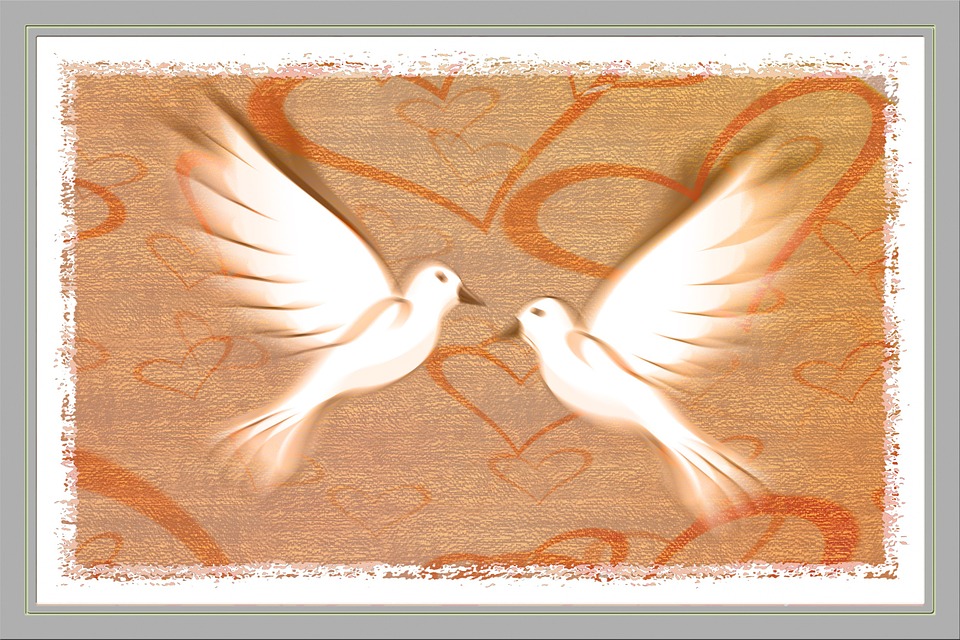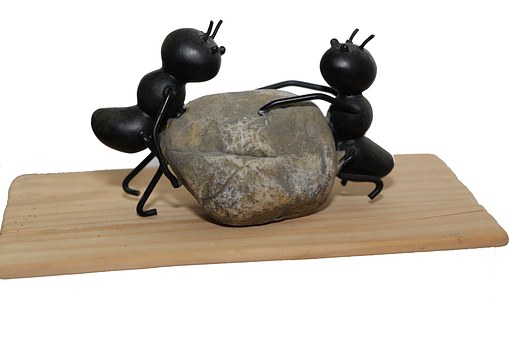BUILD FRIENDSHIP TO CREATE SAFE RELATIONSHIP SPACE
Well known relationship experts, Dr’s John and Julie Gottman, say that anger in conflict is not dangerous it is the escalation of anger that causes most damage, “only 31% of couples’ major areas of continuing disagreement was about a resolvable issue. 69% of the time it was about and unresolvable perpetual problem.” (http:gottman.com)
Build friendship to create safe relationship space means there is no enemies in the house. It is critical for couples to continue to build friendship, trust and intimacy.
When couples first meet there is a period of getting to know one another’s world through dating. It is a fun time of the relationship. As the relationship lengthens and deepens change happens; you get married, work longer hours, have children, experience health concerns. What used to happen spontaneously when you first fell in love disappears. You need to pay attention and nurture the relationship so that it remains exciting and fun to be in.
Dr Sue Johnson, author of “Hold Me Tight, says “When we feel safely linked to our partners, we more easily roll with the hurts they inevitably inflict, and we are less likely to be aggressively hostile when we get mad at them.” (http:drsuejohnson.com)
The are some fundamental processes to build friendship to create safe relationship space, most of the time:
KNOWING YOUR PARTNER’S INNER WORLD
When there is continued negativity the fundamental process of knowing about your partner’s inner world slows down and may stop. One way to prevent this from happening is asking open ended questions and periodically updating this knowledge about one another. In this way you are building friendship.
FONDNESS AND ADMIRATION
Couples who deescalate anger quickly are more likely to build friendship to create safe relationship space and continue to share fondness and admiration of each other. Often couples get caught in the habit pattern of scanning the environment for the mistakes their partner makes. To build a culture of appreciation, fondness, affection and respect couples need to scan for what their partner does right.
MAKING REPAIRS
Being responsive to your partner’s unique ways for asking for connection and expressing their emotional needs is called “turning towards versus turning away “(http:gottman.com). Master couples do this even when in conflict. There is the presence of positivity in problem solving and conflict resolution and they constantly build a positive bank account.
Dr Robert Karen, an expert on attachment bonds says an insecure attachment from childhood creates negative affect with intimacy in relationships (http:psychology.sunnysb.edu/attachment).
INSECURE ATTACHMENT
An insecure attachment with Tom and Lisa looks something like this:
The closeness Tom and Lisa had when they got married has disappeared. Lisa craves for more closeness and Tom has a tendency to withdraw from confrontations. Tom feels the sexual connection with Lisa in the bedroom is enough however Lisa says sexual relations are not enough. She needs more friendship to safe relationship space to express her thoughts and feelings.
Lisa says: “These days he is always busy, I am not sure I matter to him. When he’s at home he’s watching TV or on his computer. It’s like he doesn’t see me and the only way I know to get his attention is to push him. I attack him and be over critical. Any attention is better than no attention, right?”
Tom says: “I can never get it right with her, I get that I am somehow flawed and that I am a failure as a husband, somehow that paralyses me so I shut down and wait for her to calm down – I’m do not want to rock the boat so I go into my shell where it’s safe, no yelling, no name calling I shut the door on her angry rants, it is like I am a prisoner and she is warden.”
CONNECTION LOOKS LIKE THIS
Both are wanting to connect yet there is a sense of hopelessness, disconnection and inadequacy. They are dancing a familiar dance with each other. What helped both of them to not spiral and get caught up in the negative dance was to be aware of the dance. Then they began to stand together, slow down the music and they learnt how to create enough safety to talk about their thoughts, feelings and needs.
The attacks and withdrawal stopped, the new dance goes like this:
Tom: “I realised Lisa was not the enemy and that she was fighting for the relationship, a connection, not trying to do me in.”
Lisa: “When I start to get into that thing, the spiral, we talk about and I don’t get so sucked into it . I say “I am feeling left out here we don’t have to do it this way.”
TRUST
A couple who searches for common ground will prioritise each others’ needs as important. This couple has a culture of supporting each other in reaching their goals. Trust is apparent in the relationship when one acts and thinks in ways to maximise their partners interests and benefits rather than just their own. You and your partner go back to back no matter what happens in the relationship. It becomes easier to build friendship to create safe relationship space.
COMMITMENT
Commitment is easy to experience when you and your partner know that this relationship is a life long journey, remember those words “for better or for worse.” Master couples cherish their partner’s qualities, nurture gratitude toward each other, and compare them favourably with others. Disaster couples get in the habit of trashing their partner in front others.
MAJOR CAUSE OF DIVORCE
A study by Gigy and Kelly in the Californian Divorce Mediation Project (http:mediate.com/ccv/docs/divorce) discovered that 80% of the time divorce happens when people become emotionally distant and drift apart. This means there is a failure to build friendship and intimacy in the relationship.
Drs Julie and John Gottman’s research also shows that affairs are not usually about sex, but connecting with someone who offers friendship and affection (http:gottman.com)
BUILD FRIENDSHIP TO CREATE SAFE RELATIONSHIP SPACE
When couples are unhappy, they often see only 50% of their partners positive interactions. I have found that couples minimise their own errors and think of these in terms of fleeting circumstances rather than lasting character flaws or negative personality traits. Whereas they see their partner as the problem, “fix my partner and the relationship will be fine.” One goal in Gottman Couples Therapy is to strengthen the friendship. It then becomes easier to see the person they decided to marry in a more positive light (http:lindataylor.com.au)




Leave A Comment